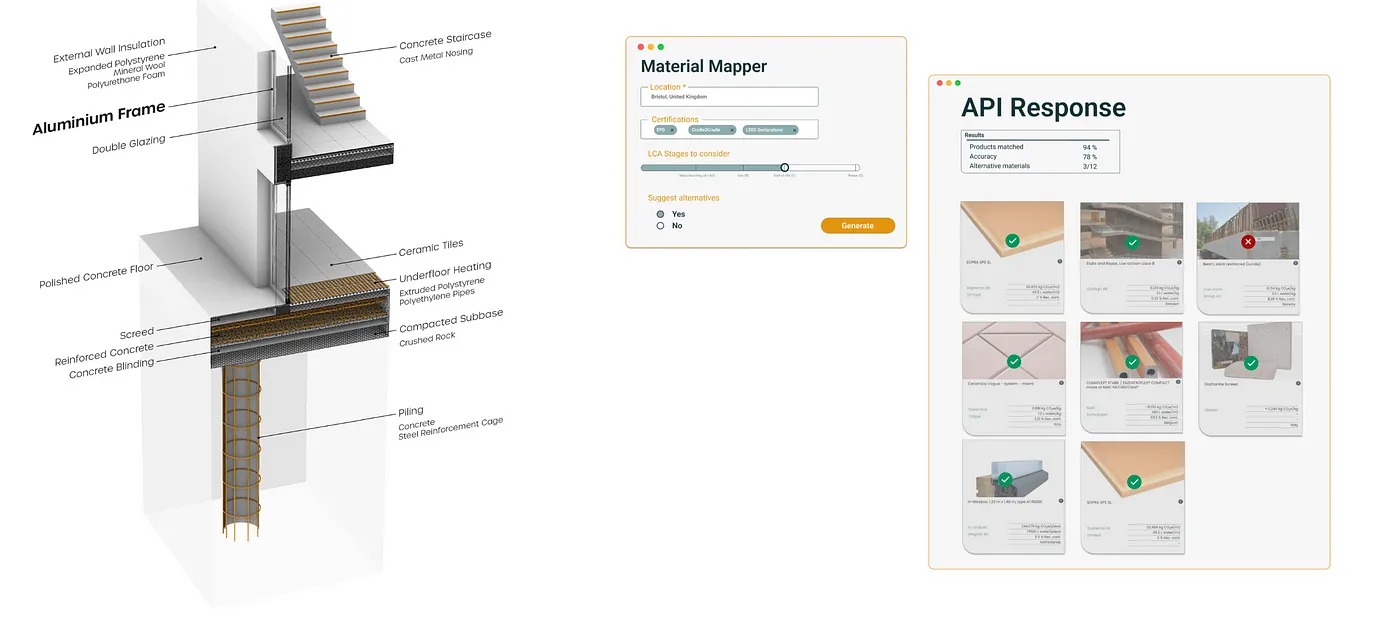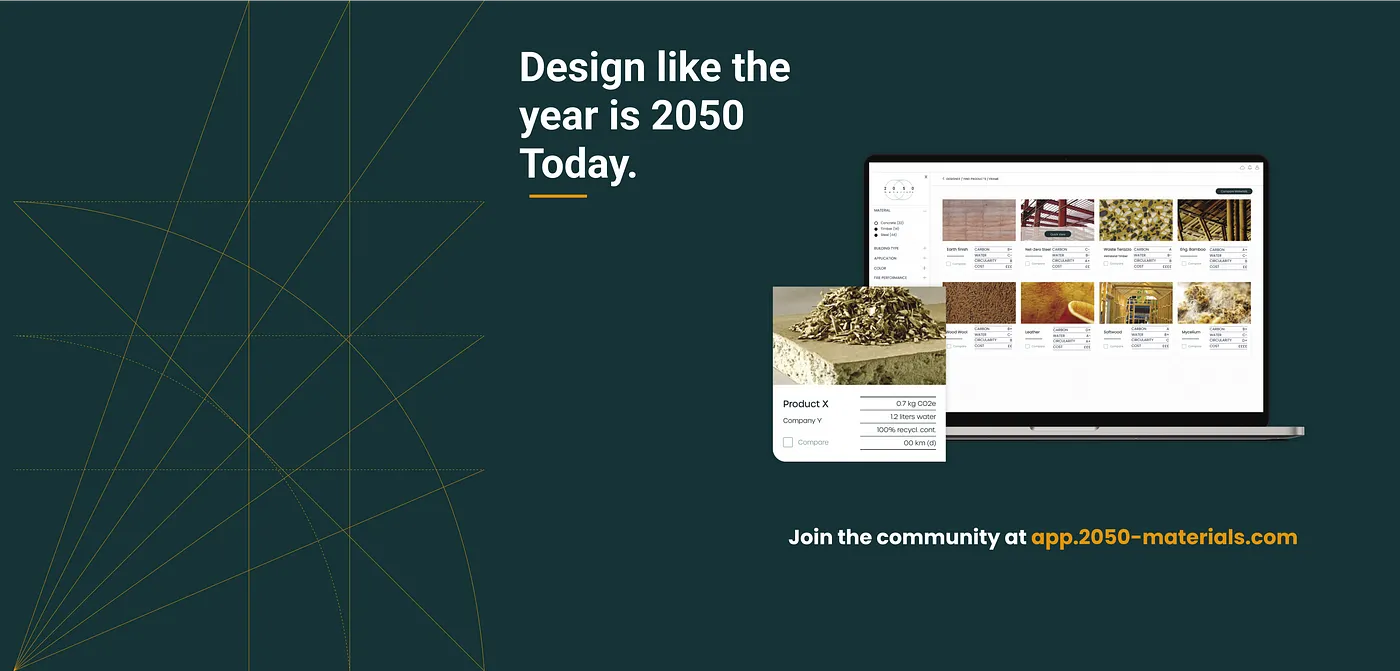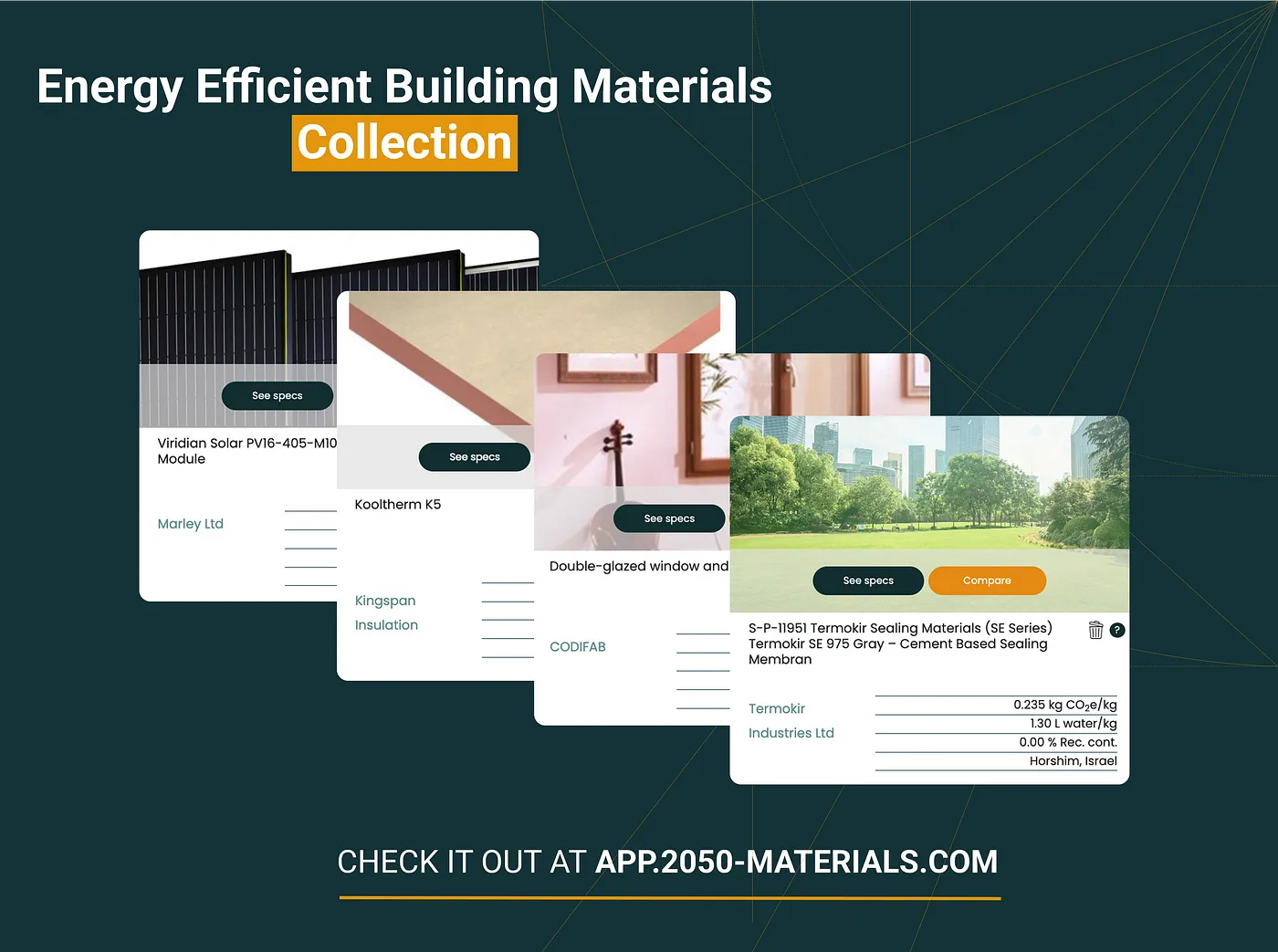Data and the Built Environment: From Meta-Narratives to Tangible Solutions

The Role of the Built Environment
As we find ourselves amidst multiple crises — climate emergencies, inequality, disinformation — it’s clear that the built environment holds immense potential to be a solution rather than a distraction. It’s time to challenge the status quo and take ownership of creating meaningful change in the industry.
Navigating the Complexity: Building Bridges Between Digital and Physical
Navigating the intricacies of the constructed world requires a thoughtful strategy. Whether using conventional techniques or the latest virtual reality tools, it’s crucial to strike the perfect balance between digital and physical solutions. Take the case of inspecting bridges — a blend of traditional and modern methods often works best. When we embrace this intricacy, we connect the dots between groundbreaking ideas and real-world usefulness.
It’s not just about creating structures; it’s about fostering an environment where creativity flourishes, innovation is harnessed, and the aspirations of our imagination manifest in the built world. As architects, engineers, and visionaries, we must continue to navigate this complexity, driven by the conviction that our ability to harmonize tradition and innovation will lay the foundation for a better future.
Yes, There are Challenges: A Reality Check for the Built Environment
When we examine the challenges ahead, we uncover some crucial problems. These range from the environmental impact of construction to the complex patterns of human choices. It’s important to recognize our place in the larger system. Our past biases, whether they concern construction or our feelings about digital possessions, affect how we move forward. However, being aware of these biases and limitations gives us the chance to change how we approach things.
We previously wrote a piece that goes over the challenges of data in the built environment, go over this quick read if you are interested to know more.
Data-Enabled Sustainability: Simplifying and Amplifying Impact
Simplifying how we generate knowledge, using AI for ethical choices, and changing how we prioritize construction can set the stage for sustainable practices driven by data. By accepting the potential of data and technology, we can develop fair solutions that truly move us forward. Whether it means altering awards to recognize non-construction accomplishments or upgrading current buildings, our combined work can reshape the world around us.
There is no question that the enormous potential of AI should be utilized to further such a crucial objective for the welfare of society. AI has been demonstrated to be an enabler for 134 targets (or 79%) across the SDGs.
The idea of sustainable AI does not exclusively deal with the implementation or use of AI but should address the sustainability of the design, training, development, validation, re-tuning, implementation, and use of AI.
Data as a Force for Good
In the vast tapestry of things, data isn’t a mere aftermath of our surroundings; it’s a catalyst for positive transformation. Armed with the ability to gauge, establish standards, and track advancement, data emerges as a pivotal force in steering change towards sustainability. The power to harness this opportunity rests in our hands. Let’s redefine data from a costly diversion to a priceless resource that propels us into a future that shines with sustainability and promise.
Embarking on the journey of data-driven sustainability, we embark on a path abundant with possibilities. It’s time to transcend mere intentions and become champions of transformation. As we navigate the intricacies of our field, remember: data isn’t just a tool, it’s the dynamic engine capable of molding a future brimming with positivity. While the overarching story might be complex, the tangible solutions are well within our reach.
2050 Material’s Role in Fixing the Digital Access Gap
2050 Materials was built alongside the leading architects and contractors globally, to help them take better decisions and build more sustainably.
By collecting all product sustainability data and enabling everyone to understand the performance of each product as well as to find and compare alternatives, 2050 Materials help simplify decision making.

Source:
Artificial Intelligence and Sustainable Decisions https://link.springer.com/article/10.1007/s40804-022-00262-2
Related articles

The Most Interesting Low Carbon Products in Office Design
In this article and collection, we highlight 11 outstanding products that contribute to a lower carbon footprint in office design.
Read more
Top Low Carbon Building Boards: Performance, Benefits, and Use Cases
The building boards highlighted in this article and collection showcase low-carbon innovation in modern construction.
Read more
11 Interesting Energy Efficient Building Materials for Reduced Environmental Impact
Discover a collection of energy efficient building materials that not only reduce greenhouse gas emissions but also contribute to long-term durability.
Read more